When it comes to the planets in our solar system, one of the most intriguing aspects is their mass. The mass of a planet can tell us a lot about its composition and size, as well as its gravitational pull and interactions with other celestial bodies.
Here's a breakdown of the masses of the planets in our solar system, from smallest to largest:
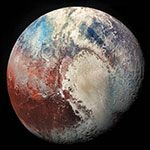
Pluto: 1.30 x 10^22 kg
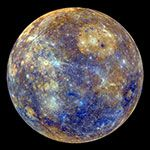
Mercury: 3.30 x 10^23 kg
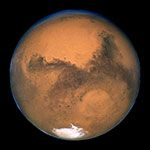
Mars: 6.42 x 10^23 kg

Earth: 5.97 x 10^24 kg
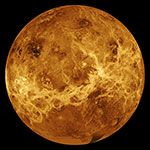
Venus: 4.87 x 10^24 kg
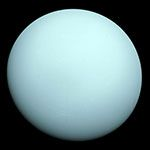
Uranus: 8.68 x 10^25 kg
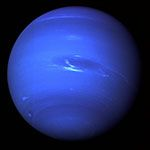
Neptune: 1.02 x 10^26 kg
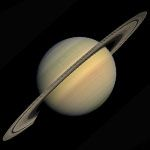
Saturn: 5.68 x 10^26 kg
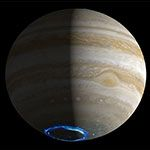
Jupiter: 1.90 x 10^27 kg
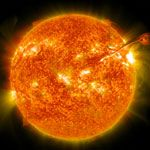
Sun: 1.989 × 10^30 kg
Source: NASA
It's interesting to note that the largest planet in our solar system, Jupiter, has a mass that is more than twice the combined mass of all the other planets combined. The smallest planet, Mercury, is just slightly larger than Earth's moon.
Knowing the mass of a planet is also important for understanding its gravitational pull. The larger the mass, the stronger the gravitational pull. This is why Jupiter has so many moons in its orbit, while smaller planets like Earth have only one.
In addition, scientists can use the mass of a planet to estimate its density and composition. For example, a planet with a high mass and low density would likely be composed mostly of gas, while a planet with a lower mass and higher density would likely have a solid or rocky composition.

